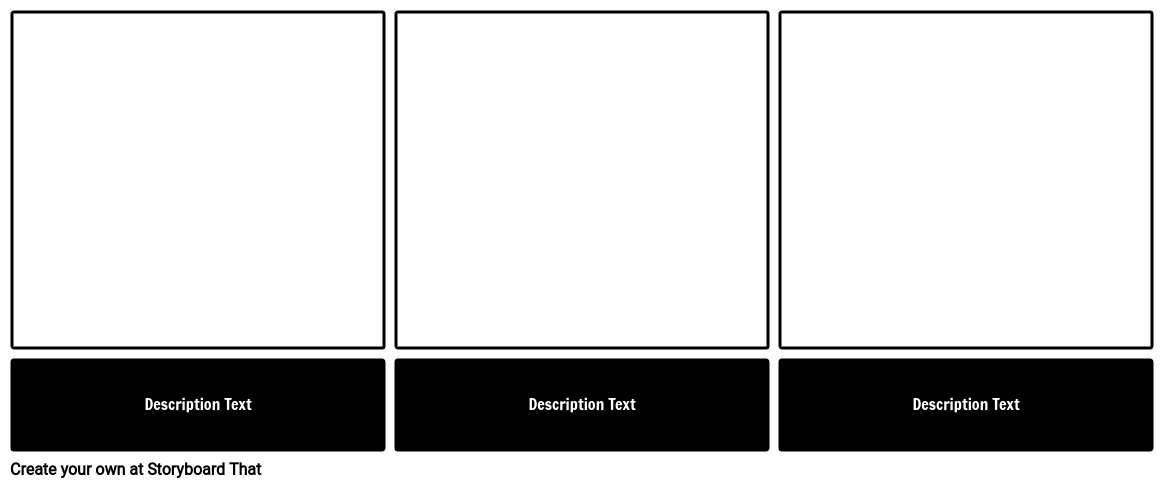Activity Overview
While students are learning about the discoveries that led to the current heliocentric model of the solar system, have them focus on the story of Galileo Galilei. In this activity, students will create a narrative of Galileo's discovery of Jupiter's moon. You can also encourage students to research other important discoveries related to the solar system and create narratives for the scientists involved.
For an alternative to this assignment, have students create a timeline poster to incorporate into a presentation or gallery walk. Students can focus on one narrative or several discoveries that came led to the current model. You can add more than one template to this assignment to give students lots of options and adjust the instructions accordingly.
Template and Class Instructions
(These instructions are completely customizable. After clicking "Copy Activity", update the instructions on the Edit Tab of the assignment.)
Student Instructions
Create a narrative storyboard explaining how Galileo’s observations of the moons of Jupiter changed the way we think about the solar system.
- Click "Start Assignment".
- Add as many cells and rows are you need.
- Use a series of characters, scenes and props to tell the story of how Galileo changed the way we think about the universe.
Lesson Plan Reference
- [SCI-MS-ESS1-2] Develop and use a model to describe the role of gravity in the motions within galaxies and the solar system.
- [SCI-MS-ESS1-3] Analyze and interpret data to determine scale properties of objects in the solar system.
Rubric
(You can also create your own on Quick Rubric.)
| Proficient | Emerging | Beginning | |
|---|---|---|---|
| Vizualisations | All the visualizations are easy to understand and help in telling the story. | Some of the visualizations are easy to understand. | Not many of the visualizations are easy to understand. |
| Writing | The written work tells the story accurately. It is clear and easy to understand. | The written work tells the story, however, some parts and muddled and not easy to understand. | The written work doesn't tell the story accurately. It is not clear and easy to understand. |
| Creativity | The work is highly creative. It could be used as an exemplary model. | Creativity is evident. | Creativity is not evident. |
| Conventions | There are only minor errors in grammar, punctuation, spelling, or usage, if any. | There are few errors in grammar, punctuation, spelling, or usage. | There are many errors in grammar, punctuation, spelling, or usage. |
| Evidence of Effort | Work is well written and carefully thought out. | Work shows some evidence of effort. | Work shows little evidence of any effort. |
More Storyboard That Activities
The Solar System
© 2024 - Clever Prototypes, LLC - All rights reserved.
StoryboardThat is a trademark of Clever Prototypes, LLC, and Registered in U.S. Patent and Trademark Office







